Klingons! Vulcans! Romulans! Tribbles…?
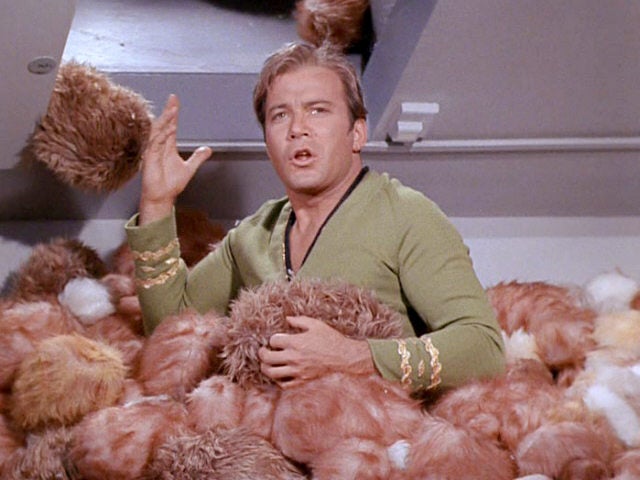
There are a lot of notable alien races in Star Trek, their iconic statuses ensured by their engaging storylines, extensively plotted and documented cultures, and longevity, spanning numerous iterations of the sci-fi show. But while some of these are scary, others lovable, and some still very quotable, surely one of the most unusual, irreverent, and curious species to gain cult status in Star Trek lore is the Tribbles.
So what exactly are the Tribbles? Why do they pose such a risk? And how have they become so well-known despite not being as prolific as, say, the Klingons or the Borg?
What is a Tribble?
Simply put, they are non-intelligent lifeforms hailing from the planet Iota Geminorum IV. They’re also one of the most beloved alien races in science fiction TV.
Firstly, the important thing you need to know is these creatures is that they aren’t evil, or malicious creatures – but that doesn’t mean they’re not dangerous.
They look like bulbous bundles of fur – think rolling orbs of Boris Johnson’s hair. They don’t have teeth. They’re slow moving. Tribbles can be seen as cute or a little disgusting. But you shouldn’t underestimate them.
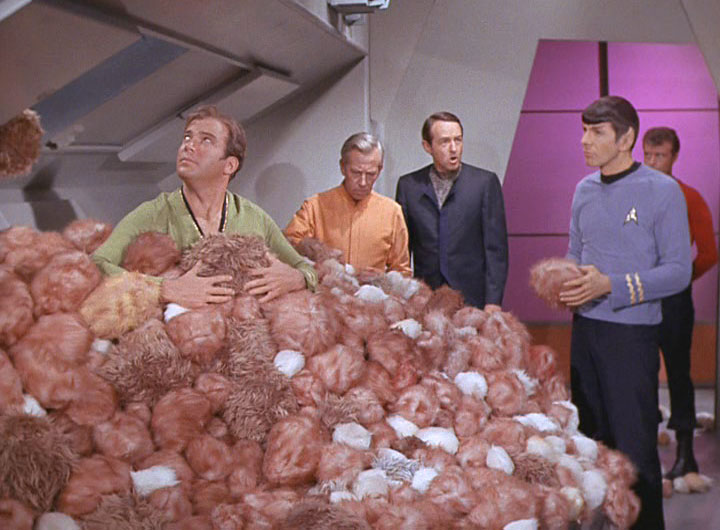
The problem is, they are are born pregnant and can reproduce asexually once they consume food. That means they can quickly become overwhelming terrors. One Tribble might not seem too much trouble, but once it reproduces, you’ll quickly be overrun. As Worf warned in the Deep Space Nine episode, ‘Trials and Tribble-ations’ (1996), “If you feed that thing more than the smallest morsel, in a few hours you’ll have 10 Tribbles, then a hundred – then a thousand!”
What do you do with Tribbles?
Okay, so if you’re facing an army of Tribbles, what can you actually do?
On Iota Geminorum IV, the population is kept in check by a wealth of reptilian predators. But on other planets, they can easily become established; that’s why the Federation classifies them as an invasive species and so forbids their transportation. Consider how the UK’s red squirrel population has been dwarfed by the grey squirrels introduced from North America in the 19th Century. Now imagine that to the Nth degree: that’s exactly the trouble with Tribbles.
In the animated episode More Tribbles, More Troubles (1973), we’re introduced to the Glommer, an artificial creature genetically-engineered to hunt down Tribbles.
So yes, Tribbles do have predators, but Starfleet has found other ways of dealing with infestations; namely, in that same episode, Dr. Leonard “Bones” McCoy injects the Tribbles remaining on the USS Enterprise with neoethylene, a serum that slows down their metabolic rate and renders them relatively safe.
Are Tribbles real?
No, we haven’t gone mad: some people do think that these creatures are real! And while they are fictional, there are some similarities with real things.
The purring noise Tribbles give off remind some of guinea pigs – simply because they’re cute little balls of fluff. Heck, you might have a cat or hamster that resembles a Tribble… though fingers crossed none of your pets has quite the rate of reproduction that Tribbles do, or Earth is doomed.
Worryingly, there is a species on our planet that look like the Tribbles but are actually venomous. Ready for new material for your nightmares? Let us introduce to you the Megalopyge Opercularis, widely known as the furry puss caterpillars, indigenous to the United States and Mexico. They look like tiny, slow-moving masses of hair, and earn their colloquial name from Persian cats.
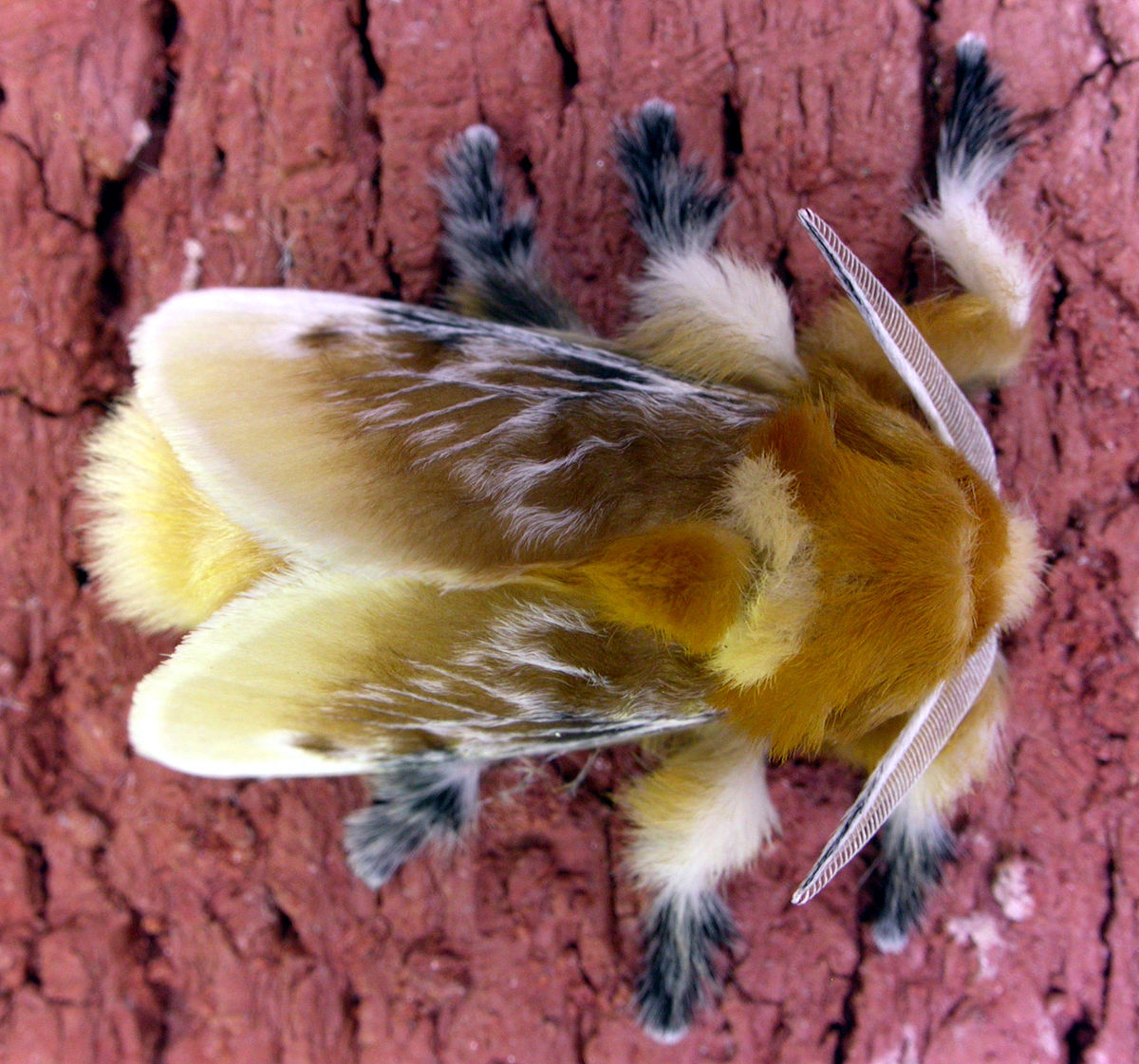
These caterpillars look sweet, but don’t touch them. Venomous spines are hidden in their hair, and you’ll immediately get a skin irritation. This will be followed by pain coursing through your system, a burning that feels reportedly akin to breaking a bone. Yowch.
Next time you want to creep your friends out, remember the name: Megalopyge Opercularis.
Did you know that “Tribbles” is also a colloquial term for the Star Trek aliens? Their in-universe scientific names are Tribleustes Ventricosus and Polygeminus Grex. But “Tribbles” is definitely catchier.
Where did Star Trek‘s Tribbles come from?
Even aside from their appearances, their very natures likely remind you of some real animals. After all, these creatures exist to eat and reproduce – that’s true of many things (arguably including human beings…).
So what are the real-life origins of the Tribbles? To find the answer, we have to turn to David Gerrold, writer of ‘The Trouble With Tribbles’ (1967), the race’s debut story which aired as the 15th episode of Season 2 of Star Trek: The Original Series.
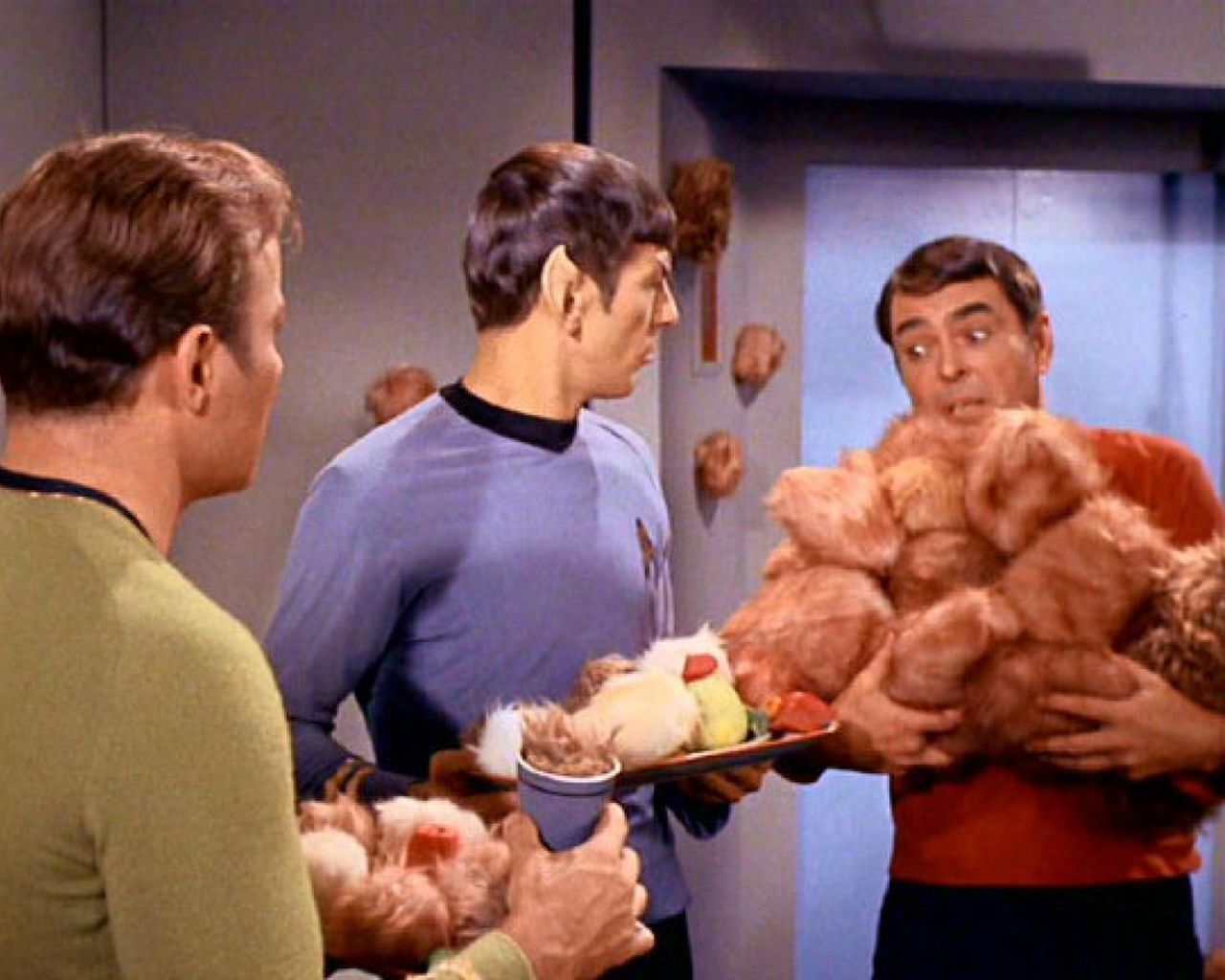
Gerrold is rather remarkable in that he wasn’t a writer before Trek: aged just 22, he saw the show’s premiere, ‘The Man Trap’ (1966), and was so inspired, he sent in an unsolicited 60-page outline for a two-part Star Trek tale. Though the outline was rejected, Gerrold’s talent was obvious and he was invited to work on the programme.
And so, David Gerrold created the Tribbles! He was apparently inspired by the problems Australia suffered when European rabbits were introduced in 1788. The issues with overpopulation took about 10 years to become apparent, but soon, the country’s crops were devastated. Less than 100 years later, the New South Wales government offered a huge reward for successful suggestions to exterminate rabbit colonies.
The Tribbles, then, sound fun and innocent, but they come from real-life ecological disaster.
Gerrold was also surprisingly on-the-ball when it came to budgeting too. Imagine how expensive it would be to create a quickly-reproducing race with complex make-up and costumes! Instead, he took inspiration from those fuzzy little keyrings that typically look like balls of pink plastic. They were cheap and easy to reproduce, and fitted in with the idea of Tribbles being essentially docile creatures.
What’s the trouble?
It’s pretty apparent now what the real trouble with Tribbles is – and how they’re such successful Star Trek aliens.
No, they’re not intent on war. They don’t do ceremonial killings. They don’t even have a cool salute. Still, they have earned their place in the Trek mythos, proving enduring, unusual, and a genuine problem for the Federation.
They’re pretty cute though, eh?
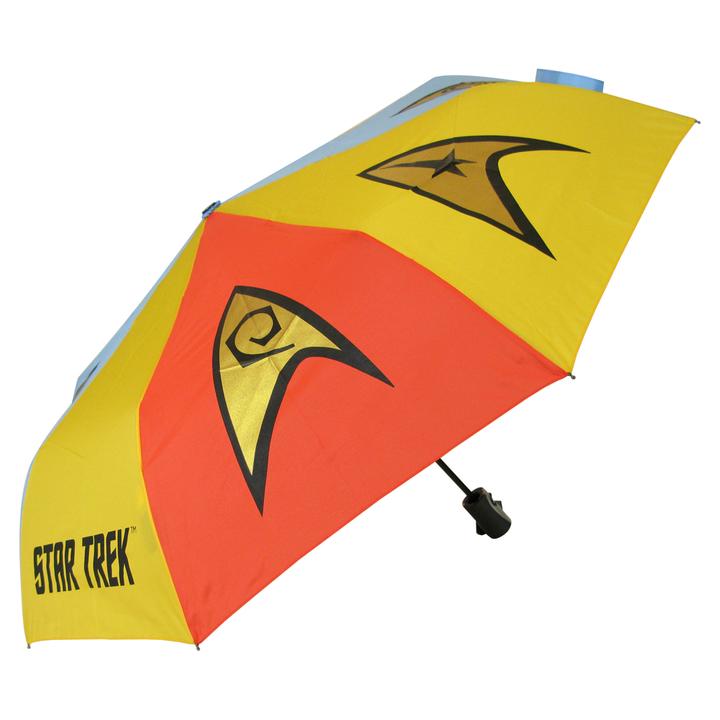
Star Trek umbrella – order now from the Lovarzi shop!
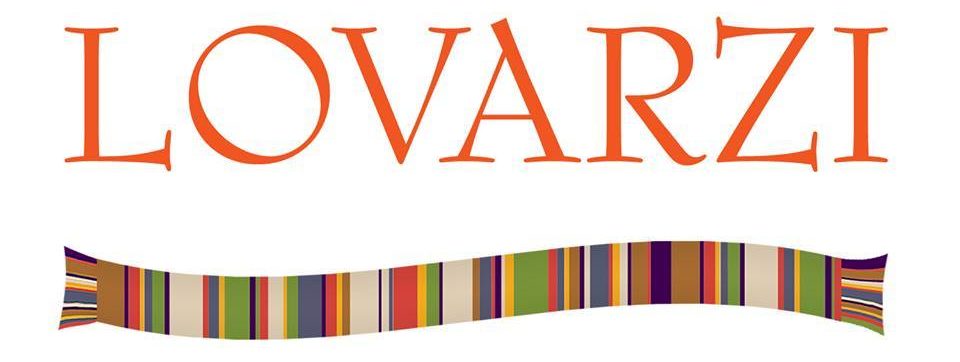


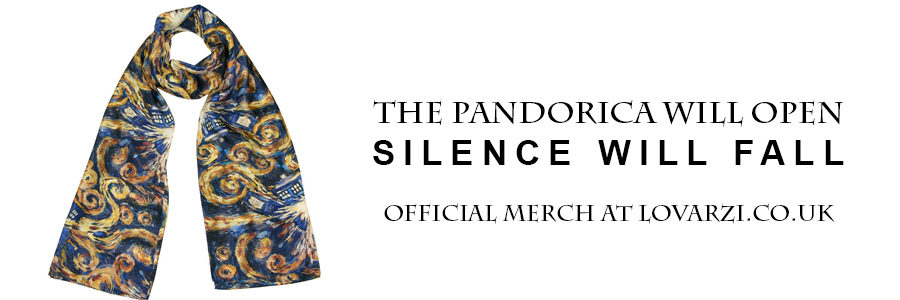
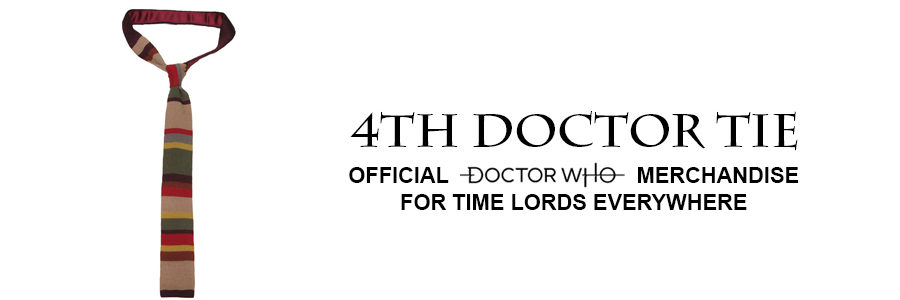
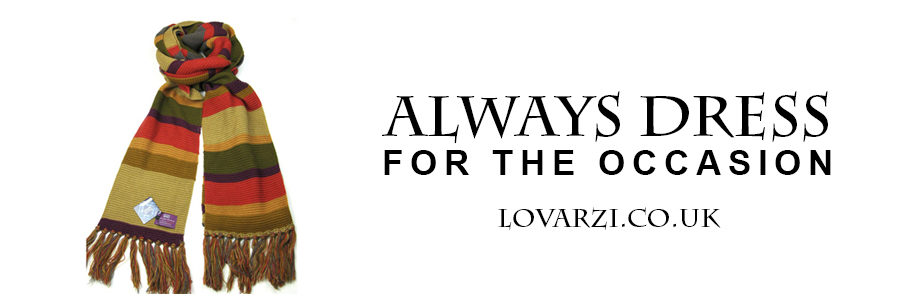

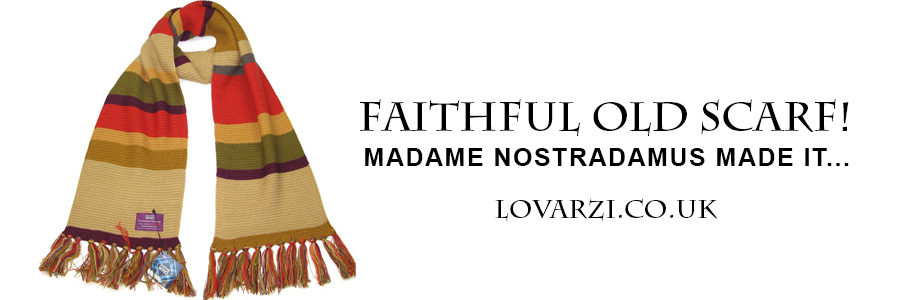
Leave a Reply